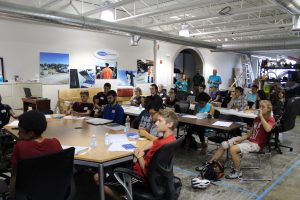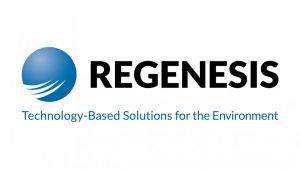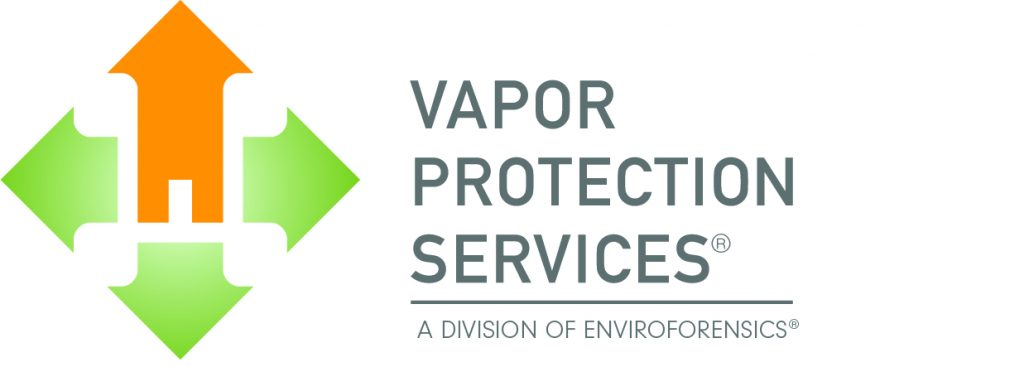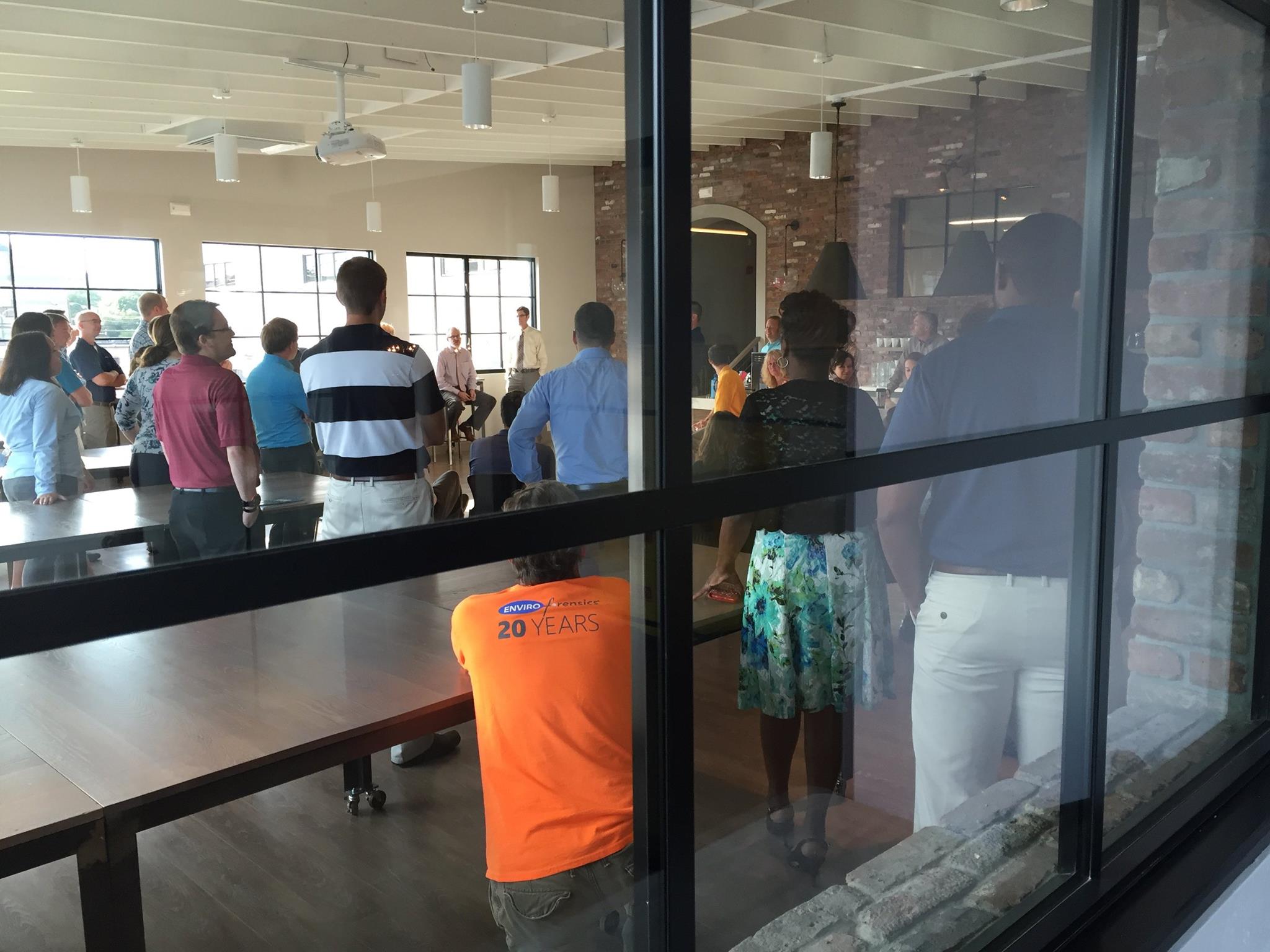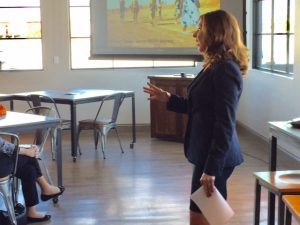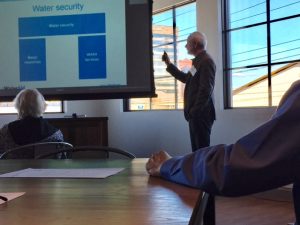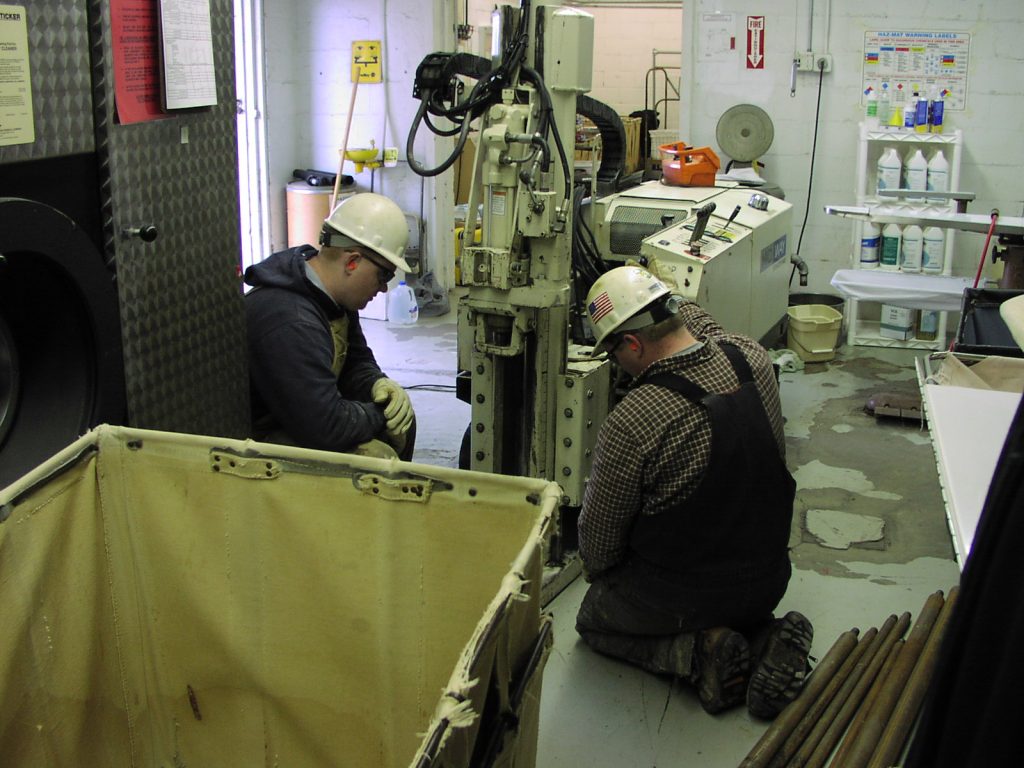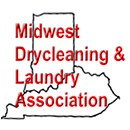Last week, we welcomed more than a dozen knowledge-hungry Herron High School kids to our Indianapolis headquarters for our inaugural Summer Science Workshop, and we could not be more excited for the future! The two-day program introduced these young minds to the daily operations of EnviroForensics, some down-to-earth talk about real-world scientific applications, and some helpful advice on kick starting a career in environmental science. The students arrived with open minds and a willingness to learn, and we hope they came away with something that will continue to fuel that intellectual curiosity.
Getting Into the Science of What we do
Over a two-day period, our team, under the ambitious direction of Project Manager, Casey McFall, put on nine different hands-on presentations for these burgeoning young scientists. Topics included soil and groundwater basics, remediation, vapor intrusion, as well as a short explanation of the sales and marketing side of our operation. Some highlights included project manager Michele Murday’s explanation of a cross-section using a 3-layer cake as a (tasty) visual, a hands-on demo of groundwater sampling event, a trip to one of our project sites (with explanation of the remediation systems from a safe distance), and Megan Hamilton’s visual presentation of vapor intrusion using burning incense, a fish tank, and a miniature house made of Legos. The idea of this workshop was to give the students some perspective on how the lessons they’re learning inside the classroom could apply to their future lives in the working world.
Nurturing an Interest in Science
When putting this science workshop together, we had no idea what kind of response we’d get from the students. They shattered even our most generous of expectations! They were smart, attentive, engaged, and curious. We conducted an already lengthy Q&A session at the end of the second day, and it still went 10 minutes over the allotted time. We’re so heartened and appreciative that these students came with such a passion to learn.
Developing an educational outreach program, like this, was something our founder and CEO, Steve Henshaw, had in mind when we moved into our headquarters last summer. The equipment warehouse (where the workshop took place) in the back of our building doubles as a learning lab where new field personnel, interns, and now high school students can come to learn the basics of environmental field sampling, or just brush up on their skills. This type of real-world experience is so valuable, especially to young people still trying to figure out what they want to do with their lives. This is a unique educational resource that we hope enriches our community. After all, an educated society is a properly functioning one, and we hope to be, in some small part, a guiding force behind that.
About Herron High School
Herron High School is a college preparatory charter high school located on the Near North Side of Indianapolis. The school provides a classical and liberal arts education to more than 700 students of varying cultural and socioeconomic backgrounds, and has been in operation since 2006.
[ngg_images source=”galleries” container_ids=”246″ display_type=”photocrati-nextgen_basic_thumbnails” override_thumbnail_settings=”0″ thumbnail_width=”115″ thumbnail_height=”115″ thumbnail_crop=”1″ images_per_page=”20″ number_of_columns=”0″ ajax_pagination=”0″ show_all_in_lightbox=”0″ use_imagebrowser_effect=”0″ show_slideshow_link=”1″ slideshow_link_text=”[Show as slideshow]” order_by=”sortorder” order_direction=”ASC” returns=”included” maximum_entity_count=”500″]
